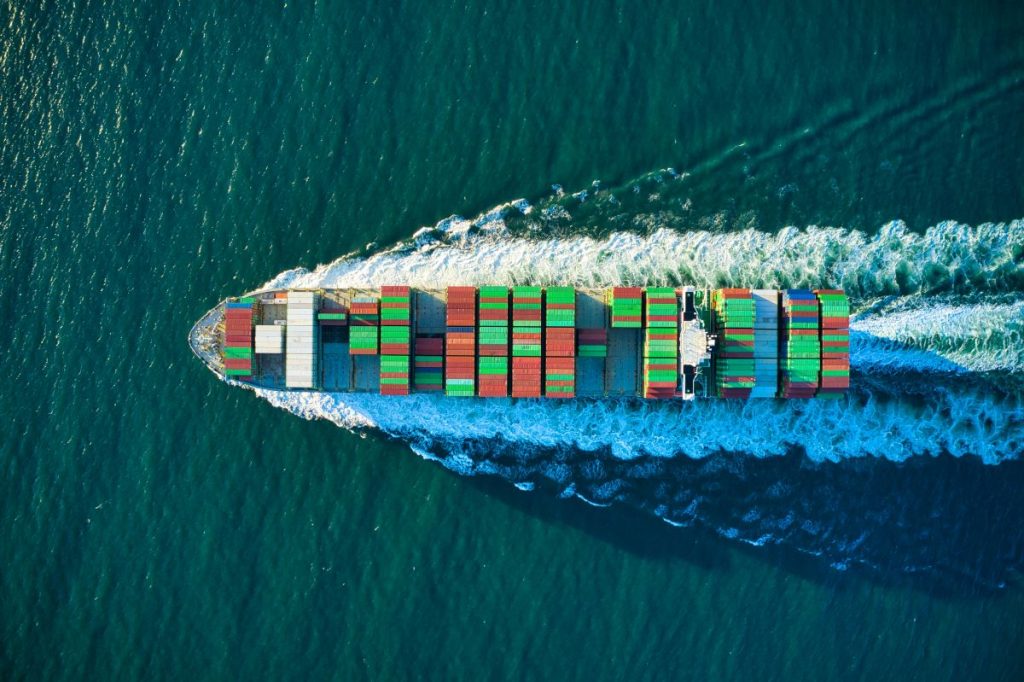Security Concerns Persist as Major Carriers Hesitate to Resume Operations
Shipping companies are tentatively returning to the Red Sea after Yemen’s Houthi rebels announced a halt to attacks on U.S. and U.K.-affiliated vessels. While this development offers a potential easing of disruptions along a key global trade corridor, concerns over stability remain high.
The Joint Maritime Information Center (JMIC) reported that six ships linked to the U.S. and U.K. have successfully navigated the Red Sea without incident since January 19, following the Houthis’ ceasefire declaration. However, the organization cautioned that while infrastructure and vessels remain untouched for now, risks in the region remain elevated.
Shipping Giants Remain Skeptical of Security Guarantees
The partial ceasefire came in response to broader negotiations in the Middle East, particularly the truce between Israel and Hamas. Despite this pledge, vessels fully owned by Israeli entities or flying the Israeli flag remain at risk.
Despite the apparent de-escalation, leading shipping companies such as Maersk, MSC, and Mitsui OSK Lines continue to bypass the Red Sea, opting for the significantly longer and more expensive route around Africa. These firms cite persistent security concerns and the need for greater certainty before resuming normal transit through the region.
Supply Chains Weigh Risk vs. Reward in a Shifting Trade Landscape
The continued avoidance of the Red Sea by major carriers has prolonged higher shipping costs and extended transit times, disrupting global supply chains. If the current stability holds, some operators may begin cautiously resuming Red Sea transits, though the timeline for a full recovery remains uncertain.
The situation highlights the deep vulnerabilities of global supply chains to geopolitical instability. While the Houthis’ ceasefire pledge is a step toward restoring confidence, shipping leaders remain wary of resuming normal routes too soon. Supply chain executives must maintain flexible contingency plans, leveraging real-time intelligence and alternative routing strategies to mitigate future disruptions. Long-term stability in the region will require more than temporary assurances—it demands tangible, enforceable security measures that can withstand future geopolitical shifts.







